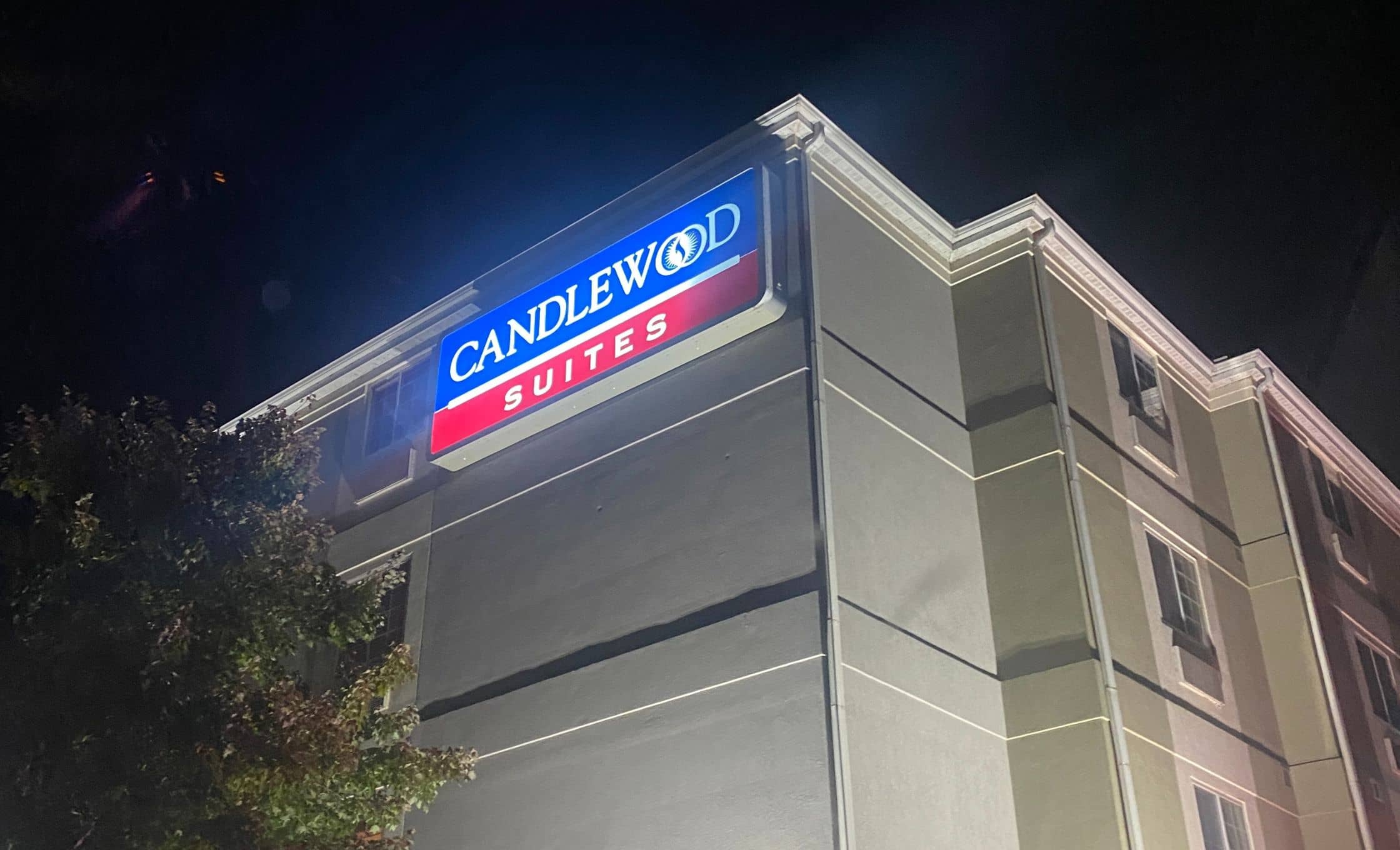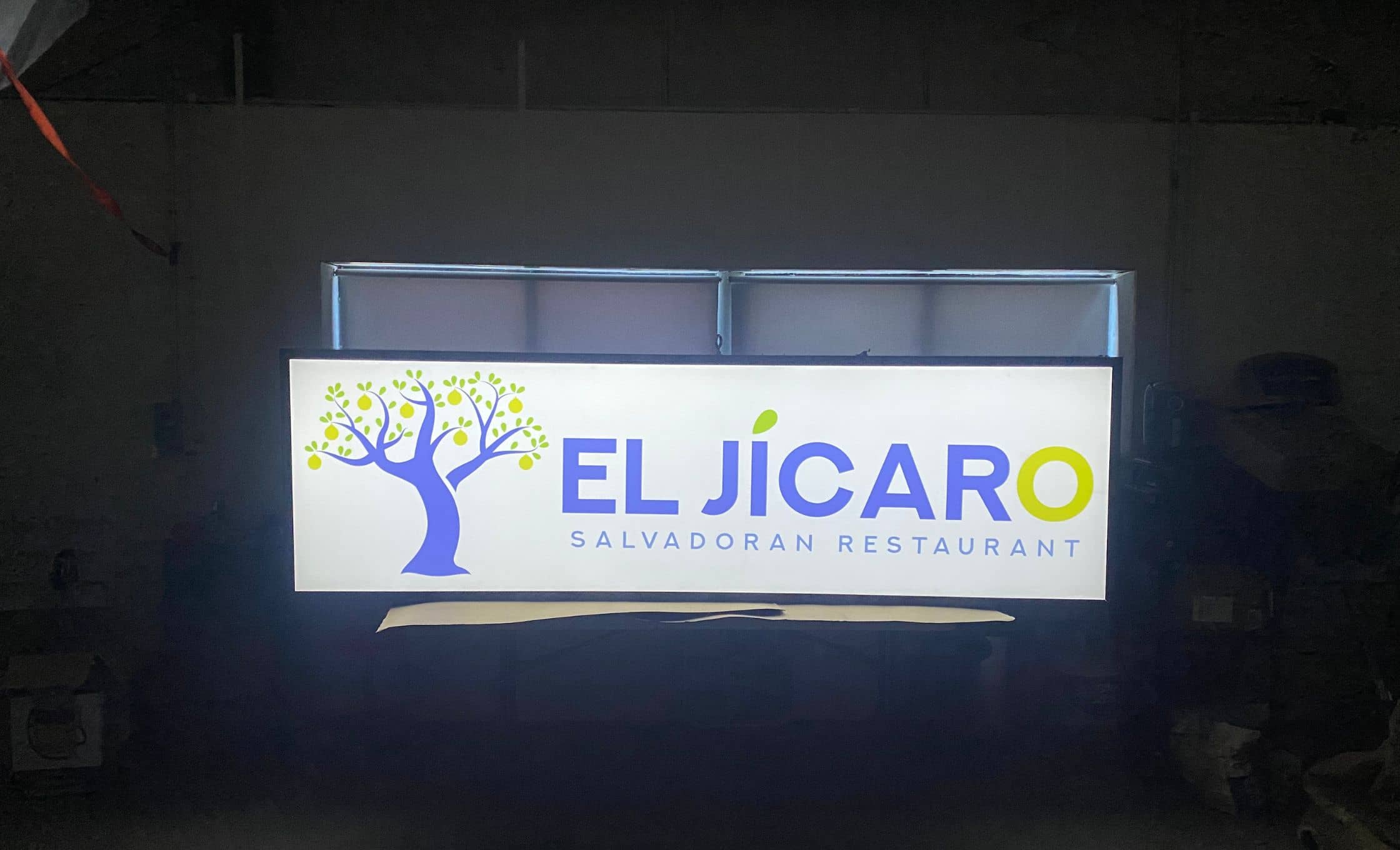Recommended LED Wattage for Sign Lighting
Effective signage is a powerful tool for attracting customers and communicating your brand’s message, regardless of industry.
When it comes to lighting up your signage, LED lighting is the go-to choice for businesses due to its energy efficiency and long lifespan. However, selecting the right LED wattage isn’t straightforward. To make your sign look appealing and comply with local zoning regulations, it’s crucial to understand the ideal LED wattage for your specific needs.
Understanding the role of LED lighting in signage
Gone are the days of neon lights. LED lighting has transformed signage by offering numerous benefits—higher energy efficiency, extended durability, and superior brightness. Available in various wattages, choosing the correct LED wattage is essential for ensuring your sign is well-lit and cost-effective.
Factors to consider when choosing LED wattage for signs
1. Sign size and placement
The size and location of your sign significantly influence the LED wattage needed. Larger signs or those in brightly lit areas typically require higher wattage for visibility.
2. Sign design
Your sign’s design—its graphics, colors, and visual elements—affects the wattage needed. More intricate designs may need stronger LED lighting to emphasize details.
3. Environmental conditions
External factors, such as harsh weather or extreme temperatures, can impact your sign’s performance. In these cases, higher wattage may be necessary for consistent illumination. In residential areas, consider a lower wattage to avoid excessive brightness.
4. Signage purpose
The purpose of your sign—whether for advertising, branding, or wayfinding—also plays a role in determining wattage. Wayfinding signs often require brighter LEDs for visibility, while aesthetic signs may need less illumination.

Recommended LED Wattage for Different Sign Types
Channel letter signs
Channel letter signs are widely used by businesses of all types. The required LED wattage varies depending on factors like sign size, placement, and design.
- Smaller channel letters typically require around 3-6 watts per letter.
- Larger signs may need 10 watts or more per letter, depending on their depth and the desired brightness.
Neon sign replacements
Neon signs may no longer be practical, but they’re still visually striking. If you’re replacing neon with LED lighting, a general rule is to use LEDs with about 70% of the wattage of the original neon tubes. This achieves similar brightness while also offering energy savings.
Outdoor signs
Outdoor signs often require higher LED wattage to remain visible from a distance and under various lighting conditions. As a guideline, use 10-20 watts per square foot for outdoor signs to ensure optimal visibility.
Monument signs
Monument signs, often placed at business or community entrances, need sufficient wattage based on their size and desired brightness. A good starting point is 20-30 watts per square foot, but adjustments can be made depending on environmental conditions and visibility needs.

Consulting a professional
Choosing the correct LED wattage for your signage can feel overwhelming, but you don’t have to navigate it alone. Consulting a professional sign expert ensures that your sign gets the right lighting for optimal visibility and compliance with local regulations.
A professional can assess your specific needs, recommend the ideal LED wattage, and ensure your sign meets local zoning laws, energy codes, and safety regulations. Whether you’re upgrading an existing sign or designing a new one, expert guidance will help you make the best choice.
If you need to illuminate an existing sign, or want to start from scratch with a brand new sign, it’s time to give the experts here at Wrapology a call!
